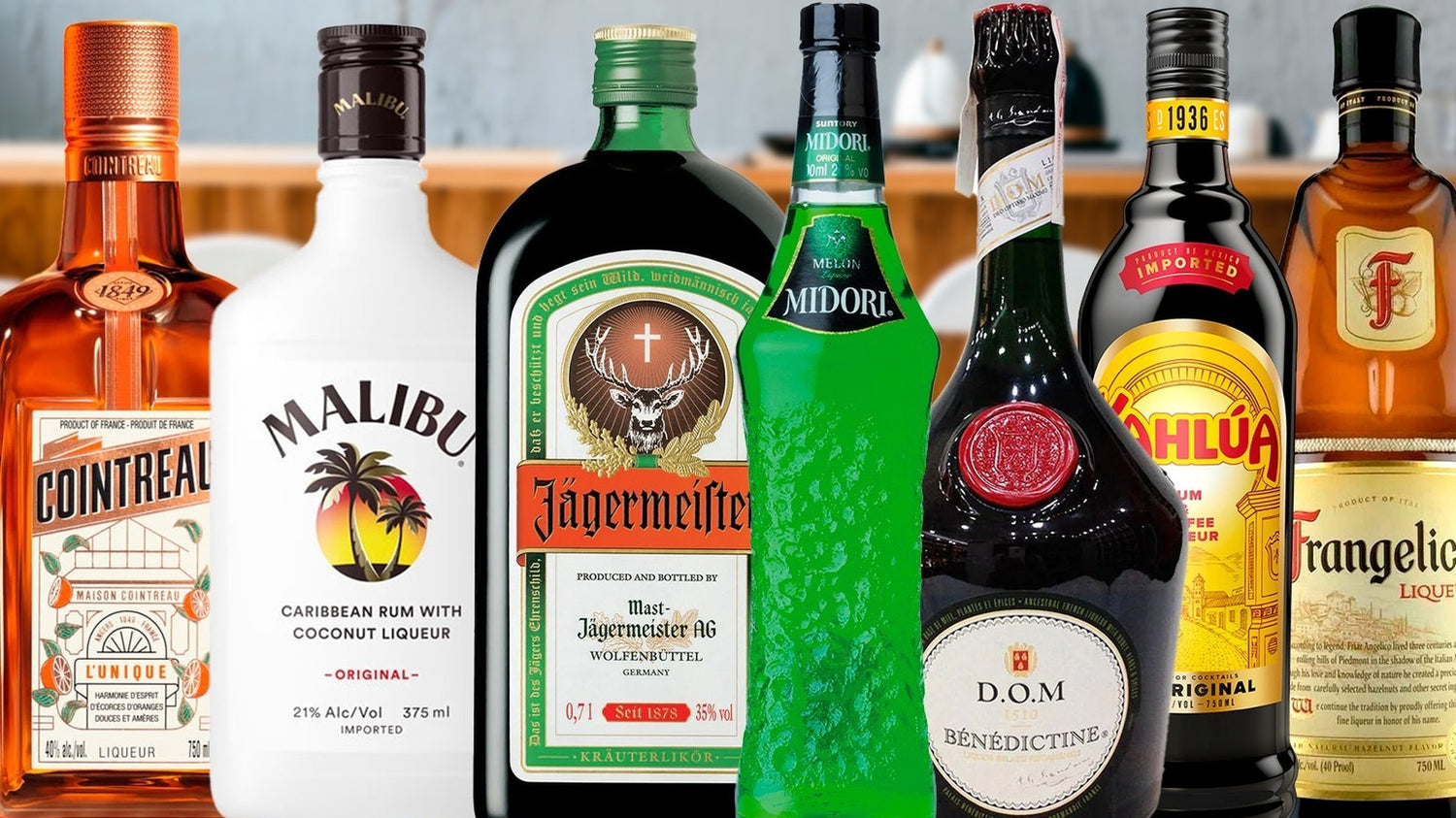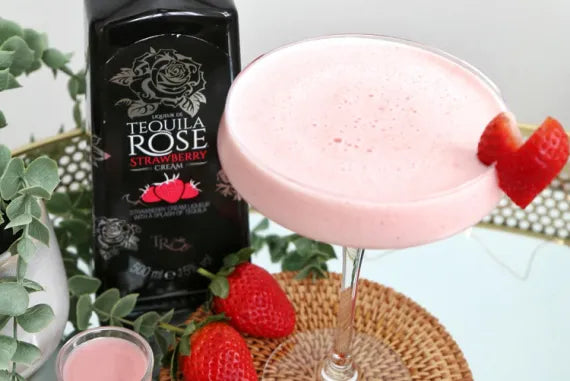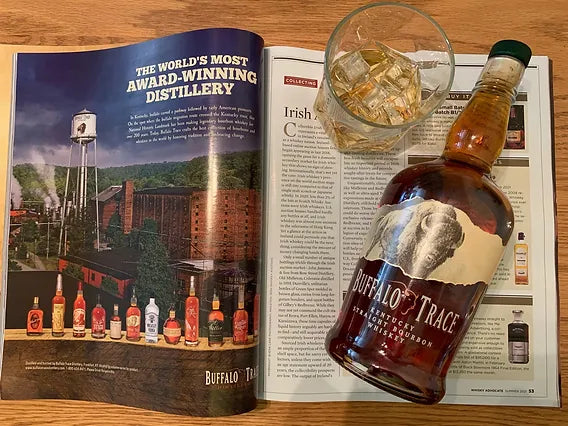Welcome to the ultimate guide on everything you need to know about liquor, liqueurs, cordials, and spirits. Whether you’re a casual drinker, a budding mixologist, or simply curious about the world of alcohol, this comprehensive guide will help you understand the differences, similarities, and everything in between.
What Are Liquors and Spirits?
Liquor and spirits are terms often used interchangeably to describe distilled alcoholic beverages with high alcohol content. These beverages, such as rum, vodka, gin, whiskey, and tequila, are enjoyed neat, on the rocks, or mixed into cocktails.
Why Are Liquors Called Spirits?
The term "spirits" originates from the distillation process, where the essence or "spirit" of the substance is extracted. This process involves heating the liquid to create vapor and then condensing it back into a liquid, capturing the purest form of the alcohol.
The Difference Between Liquor, Liqueur, and Cordials
While liquor, liqueur, and cordials are often confused, they have distinct differences:
Liquor/Spirits
-
Definition: Distilled alcoholic beverages with no added sugar.
-
Examples: Vodka, rum, gin, whiskey, tequila.
-
Characteristics: High alcohol content, typically clear or amber-colored, used as a base for cocktails or consumed neat.
Liqueur
-
Definition: Sweetened spirits with added flavors such as fruit, herbs, or spices.
-
Examples: Baileys Irish Cream, Grand Marnier, Cointreau.
-
Characteristics: Lower alcohol content compared to spirits, often enjoyed as digestifs or in dessert cocktails.
Cordials
-
Definition: In many countries, cordials are synonymous with liqueurs. However, in some regions, cordials can also refer to non-alcoholic sweet syrups.
-
Examples: Peppermint schnapps, crème de menthe.
-
Characteristics: Sweet, often used to add flavor to cocktails or desserts.
Popular Types of Spirits
There are several types of spirits, each with its own unique characteristics and uses. Here's a quick overview:
Vodka
-
Origin: Russia and Poland.
-
Characteristics: Clear, neutral taste, made from grains or potatoes.
-
Uses: Perfect for cocktails like the Bloody Mary, Moscow Mule, and Martini.
Rum
-
Origin: Caribbean.
-
Characteristics: Made from sugarcane or molasses, can be light, dark, or spiced.
-
Uses: Commonly used in tropical cocktails like the Mojito, Piña Colada, and Daiquiri.
Gin
-
Origin: Netherlands and England.
-
Characteristics: Flavored with botanicals, primarily juniper berries.
-
Uses: Essential for classic cocktails like the Gin and Tonic, Negroni, and Martini.
Whiskey
-
Origin: Ireland, Scotland, the United States, Canada.
-
Characteristics: Made from grains like barley, corn, rye, and wheat, aged in wooden barrels.
-
Uses: Popular in drinks like the Old Fashioned, Manhattan, and Whiskey Sour.
How to Enjoy and Serve Spirits
Enjoying spirits can be a delightful experience when you know how to serve them properly. Here are some tips:
Neat
-
Description: Enjoying a spirit straight, without any mixers or ice.
-
Best For: High-quality, aged spirits that have complex flavors.
On the Rocks
-
Description: Serving spirits over ice to slightly dilute and chill the beverage.
-
Best For: Spirits that are too strong to enjoy neat but still high quality.
Mixed
-
Description: Combining spirits with mixers like soda, juice, or other liquors to create cocktails.
-
Best For: Enhancing the flavors of spirits and creating refreshing beverages.
The Art of Cocktail Making
Creating cocktails is an art form that involves balancing flavors, textures, and presentations. Here are some tips for making great cocktails at home:
-
Start with High-Quality Ingredients: The quality of your spirits and mixers will greatly impact the final taste of your cocktail.
-
Balance Your Flavors: Aim for a balance between sweet, sour, and bitter flavors.
-
Presentation Matters: Use garnishes, proper glassware, and a clean presentation to elevate your cocktails.
Conclusion
Understanding the differences between liquor, liqueurs, cordials, and spirits can enhance your appreciation of these beverages. Whether you're enjoying them neat, on the rocks, or mixed into a cocktail, knowing what goes into your drink can make the experience even more enjoyable.





Leave a comment
All comments are moderated before being published.
This site is protected by hCaptcha and the hCaptcha Privacy Policy and Terms of Service apply.